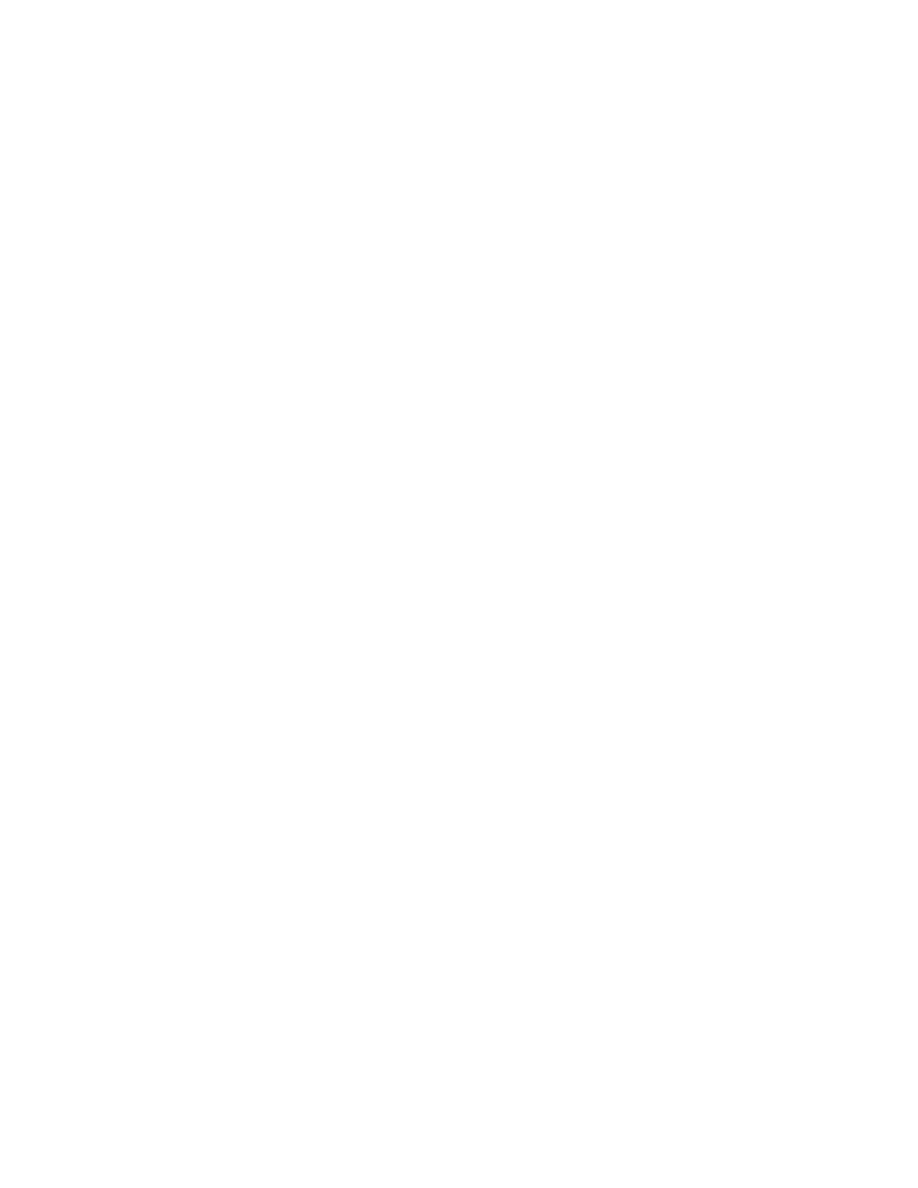
521
Federal Aviation Administration, DOT
Pt. 135, App. A
must be provided in the Airplane Flight
Manual.
38.
Engines.
(a)
For turbopropeller powered
airplanes.
The engine installation must com-
ply with the following:
(1)
Engine isolation.
The powerplants must
be arranged and isolated from each other to
allow operation, in at least one configura-
tion, so that the failure or malfunction of
any engine, or of any system that can affect
the engine, will not—
(i) Prevent the continued safe operation of
the remaining engines; or
(ii) Require immediate action by any crew-
member for continued safe operation.
(2)
Control of engine rotation.
There must be
a means to individually stop and restart the
rotation of any engine in flight except that
engine rotation need not be stopped if con-
tinued rotation could not jeopardize the safe-
ty of the airplane. Each component of the
stopping and restarting system on the engine
side of the firewall, and that might be ex-
posed to fire, must be at least fire resistant.
If hydraulic propeller feathering systems are
used for this purpose, the feathering lines
must be at least fire resistant under the op-
erating conditions that may be expected to
exist during feathering.
(3)
Engine speed and gas temperature control
devices.
The powerplant systems associated
with engine control devices, systems, and in-
strumentation must provide reasonable as-
surance that those engine operating limita-
tions that adversely affect turbine rotor
structural integrity will not be exceeded in
service.
(b)
For reciprocating engine powered air-
planes.
To provide engine isolation, the pow-
erplants must be arranged and isolated from
each other to allow operation, in at least one
configuration, so that the failure or malfunc-
tion of any engine, or of any system that can
affect that engine, will not—
(1) Prevent the continued safe operation of
the remaining engines; or
(2) Require immediate action by any crew-
member for continued safe operation.
39.
Turbopropeller reversing systems.
(a) Tur-
bopropeller reversing systems intended for
ground operation must be designed so that
no single failure or malfunction of the sys-
tem will result in unwanted reverse thrust
under any expected operating condition.
Failure of structural elements need not be
considered if the probability of this kind of
failure is extremely remote.
(b) Turbopropeller reversing systems in-
tended for in flight use must be designed so
that no unsafe condition will result during
normal operation of the system, or from any
failure (or reasonably likely combination of
failures) of the reversing system, under any
anticipated condition of operation of the air-
plane. Failure of structural elements need
not be considered if the probability of this
kind of failure is extremely remote.
(c) Compliance with this section may be
shown by failure analysis, testing, or both
for propeller systems that allow propeller
blades to move from the flight low-pitch po-
sition to a position that is substantially less
than that at the normal flight low-pitch stop
position. The analysis may include or be sup-
ported by the analysis made to show compli-
ance with the type certification of the pro-
peller and associated installation compo-
nents. Credit will be given for pertinent
analysis and testing completed by the engine
and propeller manufacturers.
40.
Turbopropeller drag-limiting systems.
Tur-
bopropeller drag-limiting systems must be
designed so that no single failure or malfunc-
tion of any of the systems during normal or
emergency operation results in propeller
drag in excess of that for which the airplane
was designed. Failure of structural elements
of the drag-limiting systems need not be con-
sidered if the probability of this kind of fail-
ure is extremely remote.
41.
Turbine engine powerplant operating
characteristics.
For turbopropeller powered
airplanes, the turbine engine powerplant op-
erating characteristics must be investigated
in flight to determine that no adverse char-
acteristics (such as stall, surge, or flameout)
are present to a hazardous degree, during
normal and emergency operation within the
range of operating limitations of the air-
plane and of the engine.
42.
Fuel flow.
(a) For turbopropeller pow-
ered airplanes—
(1) The fuel system must provide for con-
tinuous supply of fuel to the engines for nor-
mal operation without interruption due to
depletion of fuel in any tank other than the
main tank; and
(2) The fuel flow rate for turbopropeller en-
gine fuel pump systems must not be less
than 125 percent of the fuel flow required to
develop the standard sea level atmospheric
conditions takeoff power selected and in-
cluded as an operating limitation in the Air-
plane Flight Manual.
(b) For reciprocating engine powered air-
planes, it is acceptable for the fuel flow rate
for each pump system (main and reserve sup-
ply) to be 125 percent of the takeoff fuel con-
sumption of the engine.
Fuel System Components
43.
Fuel pumps.
For turbopropeller powered
airplanes, a reliable and independent power
source must be provided for each pump used
with turbine engines which do not have pro-
visions for mechanically driving the main
pumps. It must be demonstrated that the
pump installations provide a reliability and
durability equivalent to that in FAR
23.991(a).
44.
Fuel strainer or filter.
For turbopropeller
powered airplanes, the following apply:
VerDate Sep<11>2014
08:20 May 17, 2019
Jkt 247048
PO 00000
Frm 00531
Fmt 8010
Sfmt 8002
Y:\SGML\247048.XXX
247048